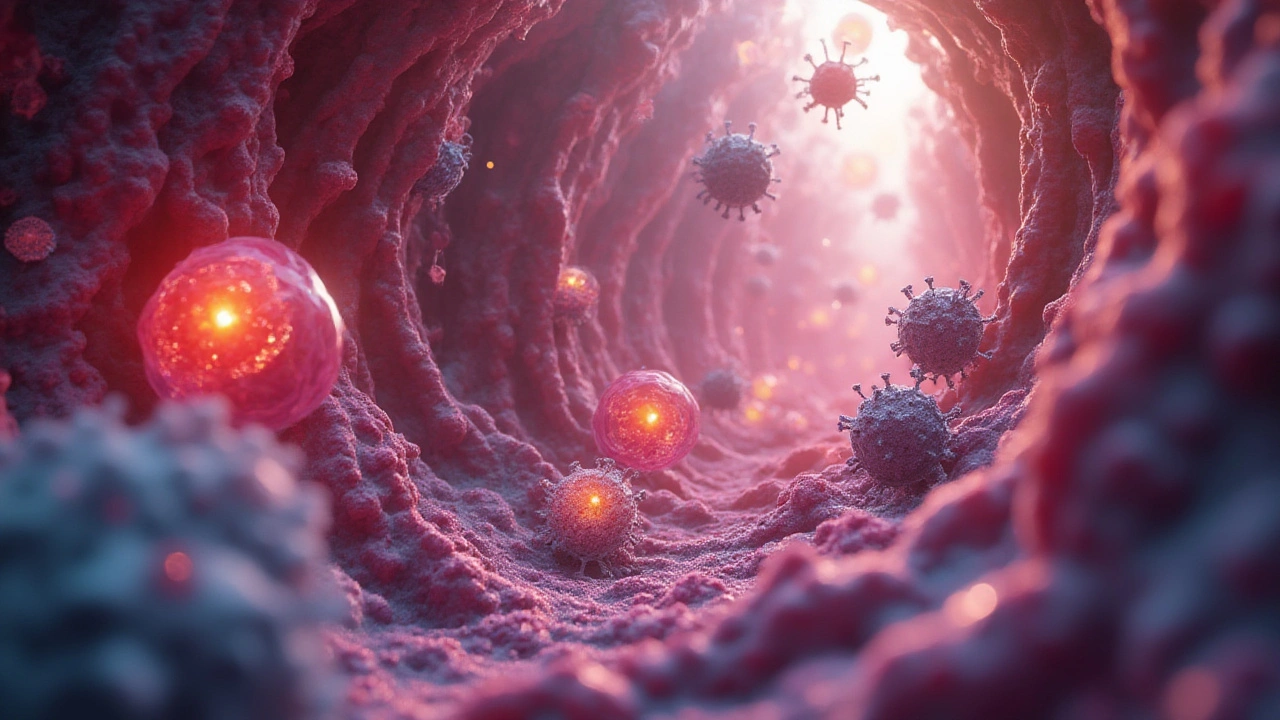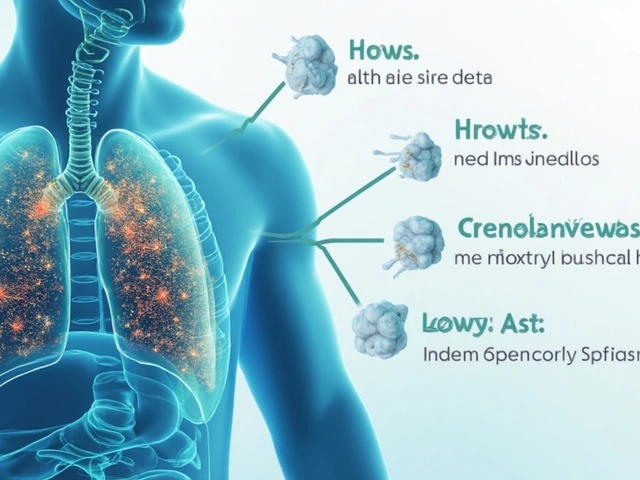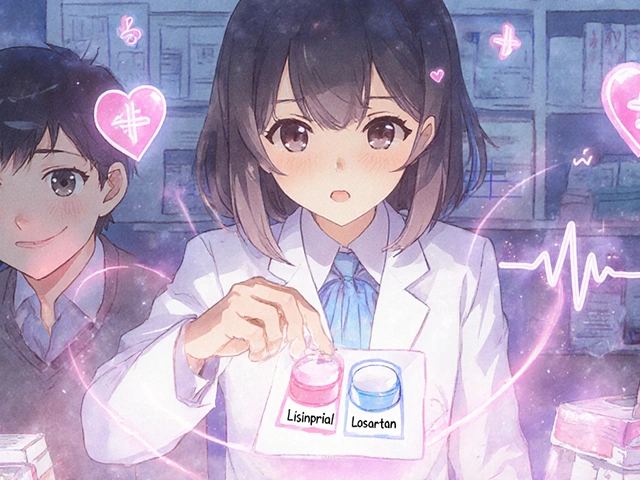Host-Pathogen Interactions: The Everyday Battle Inside Your Body
Ever wonder why a cut can turn red and sore in a day? That’s a tiny war between the germs that got in and your immune system trying to kick them out. This tag page breaks down the basics of host‑pathogen interactions so you can see what’s happening when you get sick and how to keep the odds in your favor.
What Actually Happens When a Pathogen Arrives?
First, the microbe (that could be a bacterium, virus, fungus, or parasite) finds a spot it likes. It sticks to the cells using special proteins – think of it like a velcro patch. Next, it pushes past the cell’s defenses and slips inside or starts releasing toxins. Some germs are clever and hide from your immune cells, while others just explode and cause damage.
While the pathogen is making its move, your body isn’t sitting still. White blood cells rush to the scene, releasing signals that attract more troops. Antibodies lock onto the invader, marking it for destruction. Fever, swelling, and pain are the side‑effects of this fight, but they also help slow the bug down.
Why Knowing This Helps You Stay Healthy
Understanding the steps gives you a cheat sheet for prevention. If you block the first step – attachment – you can stop many infections before they start. That’s why hand‑washing, covering wounds, and staying up‑to‑date on vaccines work so well: they remove the “landing pad” for germs.
When you’re sick, the same knowledge tells you what treatment makes sense. For a virus that hides inside cells, antivirals that stop replication are key. For bacteria that release toxins, antibiotics or toxin‑binding drugs help. Knowing the type of pathogen also explains why some illnesses need rest while others need aggressive medication.
Every year new strains pop up, and antibiotic resistance is on the rise. The more we learn about how pathogens dodge the immune system, the better we can design drugs and vaccines. That’s why scientists study host‑pathogen interactions in labs – they watch the battle under a microscope to spot weak points in the bug’s armor.
So what can you do right now? Keep your skin clean, wash hands for at least 20 seconds, and don’t share personal items like towels. Get your flu shot and any other vaccines your doctor recommends. If you have a chronic condition, follow your treatment plan so your immune system stays strong. When you feel a fever or unusual swelling, seek medical advice early – the sooner you catch the fight, the easier it is to win.
Host‑pathogen interactions may sound technical, but at heart they’re just the everyday skirmishes that keep you alive. Knowing the playbook helps you make smarter choices, supports better treatment, and gives you confidence that you’re on the winning side of the microscopic war.
21 July 2025
Tessa Marley
Explore how our cells fight off bacterial invaders and the sneaky tricks bacteria use to survive. Cutting-edge science reveals the tug-of-war that shapes disease.
Continue Reading...






